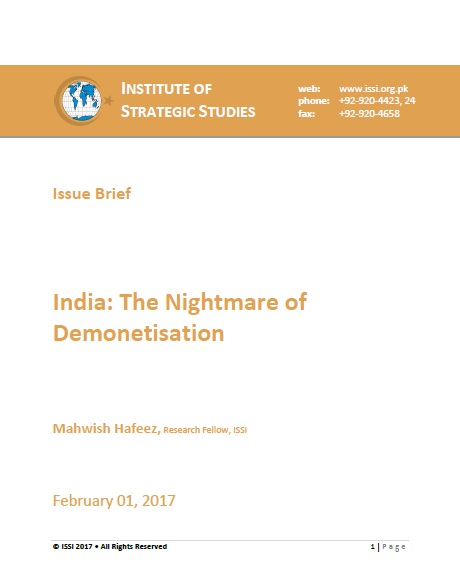It was November 8, 2016 when Prime Minister Modi in his address to the nation announced demonetising Rs. 500 and Rs. 1000 notes in India. The said notes accounted for around 86 per cent of all cash in circulation in the country. The reason, Prime Minister explained, was the black money, corruption and the rising menace of fake Indian currency. As was expected, the Modi government blamed Pakistan for pumping fake money into India allegedly for fuelling drug trade and funding terrorism.
The results were a disaster. Soon after this announcement was made, long queues of people were seen outside banks to change the old currency notes with the new one. After waiting for hours in line, to their horror, people were met with strict withdrawal limits. It has to be kept in mind that unlike advanced Western countries where people mostly use credit cards for transactions, 95 per cent of the transactions in India are made in cash. The 500 and 1000 rupee notes that were demonetised were the most popular currency denominations of India by value. It was indeed mismanagement of epic proportion that the government had announced such a step without printing enough notes in advance. Also, the design of the new note was such that it was difficult to fit them in the existing ATMs machines. As a result, people found it difficult to get medical assistance or buy medicines or grocery as they were not able to get enough amount of new currency notes. The Asian Development Bank also decreased India’s growth estimate from 7.4 per cent in 2016 to 7.0 percent.
















